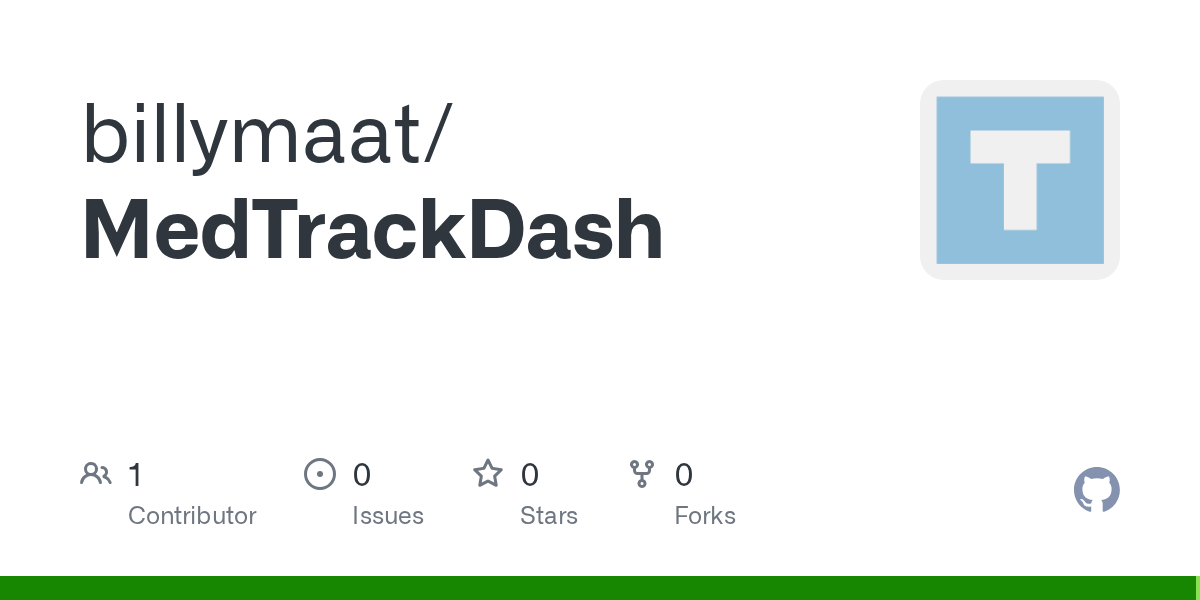Model, Dto, Entity - Id?
Hi,
I'm messing with a simple CRUD application.
My PatientEntity looks like this:
public class PatientEntity
{
public int Id { get; set; }
public string FirstName { get; set; }
public string Surname { get; set; }
public int Age { get; set; }
public string Gender { get; set; }
}
And my model looks like this (no id):
public class Patient
{
public string FirstName { get; set; }
public string Surname { get; set; }
public int Age { get; set; }
public string Gender { get; set; }
}
And my dto looks like this (no id):
public class PatientDto
{
public string FirstName { get; set; }
public string Surname { get; set; }
public int Age { get; set; }
public string Gender { get; set; }
}
And currently a method in my DatabaseService looks like this:
public async Task<Patient> GetPatientById(int id)
{
PatientEntity patientEntity = await _context.Patients.FindAsync(id);
if (patientEntity != null)
{
return patientEntity.ToPatient(); // i.e. returning the Patient model
}
_logger.LogInformation("Patient not found in the database.");
return null;
}
Should my DatabaseService return a PatientEntity i.e. with an id, and my PatientDto contain the Id? My PatientDto is returned by a web api controller.
I feel like my PatientDto should contain the Id. I guess the problem is that the DatabaseService is returning a Patient (Model) rather than the PatientEntity. Does it make sense to return the model from the Database service?
Here's the git:
https://github.com/billymaat/MedTrackDash
I'm messing with a simple CRUD application.
My PatientEntity looks like this:
public class PatientEntity
{
public int Id { get; set; }
public string FirstName { get; set; }
public string Surname { get; set; }
public int Age { get; set; }
public string Gender { get; set; }
}
And my model looks like this (no id):
public class Patient
{
public string FirstName { get; set; }
public string Surname { get; set; }
public int Age { get; set; }
public string Gender { get; set; }
}
And my dto looks like this (no id):
public class PatientDto
{
public string FirstName { get; set; }
public string Surname { get; set; }
public int Age { get; set; }
public string Gender { get; set; }
}
And currently a method in my DatabaseService looks like this:
public async Task<Patient> GetPatientById(int id)
{
PatientEntity patientEntity = await _context.Patients.FindAsync(id);
if (patientEntity != null)
{
return patientEntity.ToPatient(); // i.e. returning the Patient model
}
_logger.LogInformation("Patient not found in the database.");
return null;
}
Should my DatabaseService return a PatientEntity i.e. with an id, and my PatientDto contain the Id? My PatientDto is returned by a web api controller.
I feel like my PatientDto should contain the Id. I guess the problem is that the DatabaseService is returning a Patient (Model) rather than the PatientEntity. Does it make sense to return the model from the Database service?
Here's the git:
https://github.com/billymaat/MedTrackDash
GitHub
Contribute to billymaat/MedTrackDash development by creating an account on GitHub.

